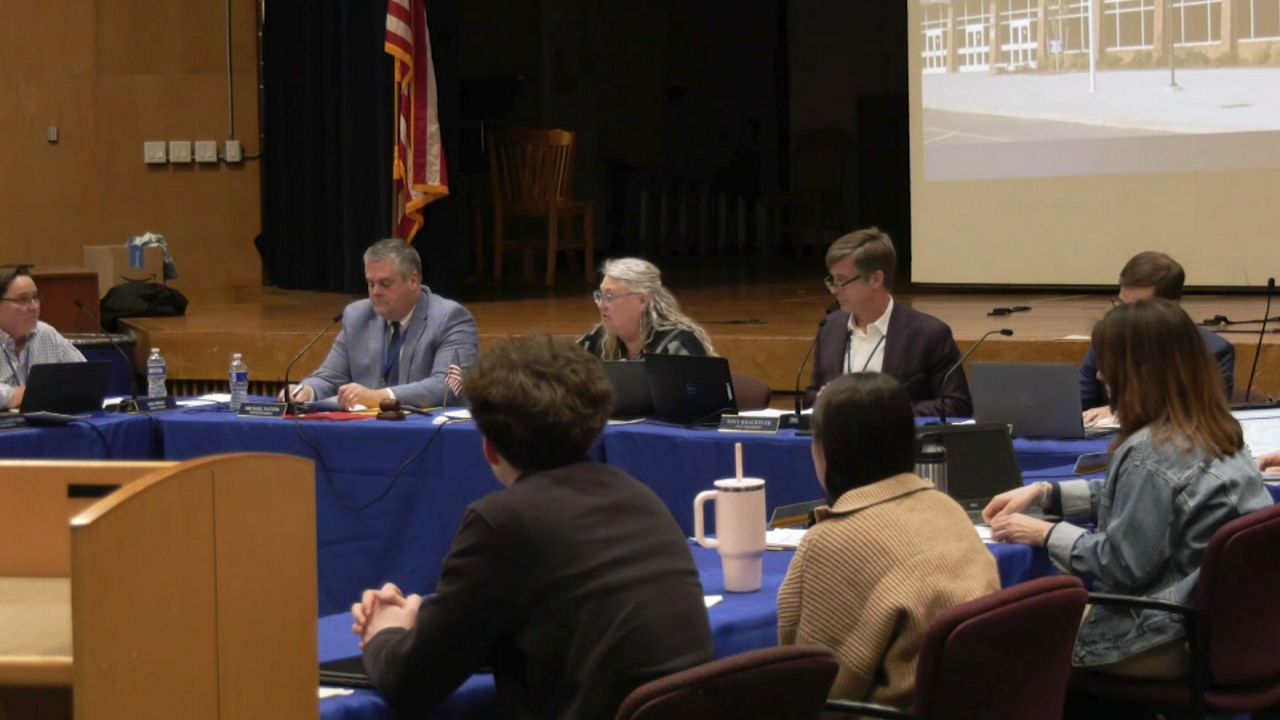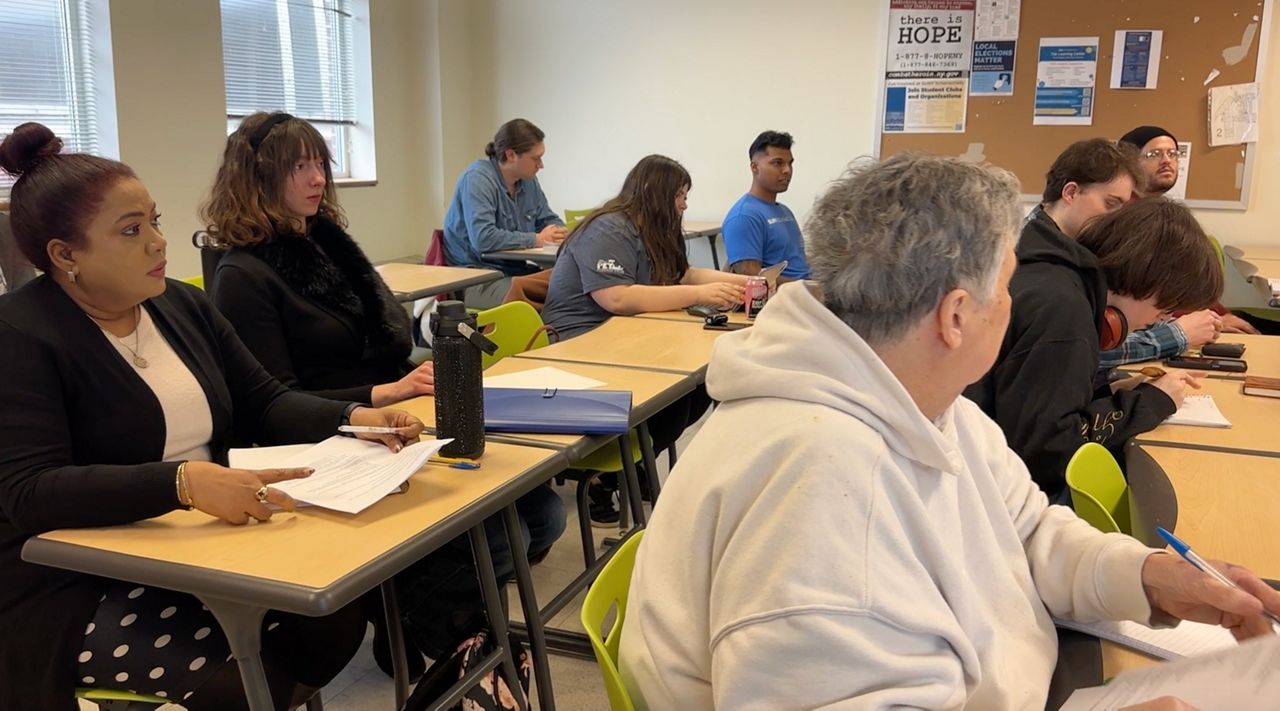David Gordon stays on the beat with his students. He’s a music teacher, mentor and program manager for the Boys & Girls Club of the Capital Region.
“The kids are missing the arts. They’re missing some practical things that I grew up with, like the drums” said Gordon.
But like many after-school programs across the state, securing the necessary funding has been an obstacle.
“If we don’t invest in our youth, we’re losing a whole workforce," Gordon said. "We need to invest in education and child care. That gives kids an outlet. There’s a lot crime, a lot of violence going on.”
What You Need To Know
- After-school advocates in New York say programs are shortchanged in the proposed 2022-23 Executive Budget
- For every child in after school, four are waiting for an available program
- The New York State Network for Youth Success has outlined $6.9 billion needed over the next five years to provide access to after school for every New York child that needs it
- It has also listed a bridge investment of $169 million to align current per student rate of state afterschool programs with a base true cost rate of $4,300 for one year
Advocates are calling on the state to address the lack of direct funding for after-school programs in this year’s proposed state budget.
They are seeking $106 million for programs statewide.
Kelly Sturgis is the CEO for New York State’s Network for Youth Success. She said funding is critical to help provide care for youth in kindergarten through twelfth grade, especially in underserved communities.
“There’s no new money for after school. There’s zero dedicated state funds to support technical assistance in after school. There is no money increased for any after-school program in New York state,” Sturgis said.
For every child participating in after school in New York, four are waiting for an available program. That’s more than 1.6 million children.
In 2020, more than 340,000 children were alone and unsupervised between the hours of 3 p.m. and 6 p.m.
“When COVID first began, after-school programs quickly pivoted. They were housing students to support their virtual learning. They became teachers and tutors. They were delivering meals to families. They were recognized for being essential,” Sturgis said. “And yet now that we’re coming out of the pandemic, after school is now an afterthought.”
At the club house in Albany, Gordon said funding would help with staffing, supplies and logistics. He’s seen the way this program has helped the kids, and the relief it brings for the parents.
“My daughter is always coming home with something, getting ready for some kind of event. If I didn’t have this, I probably wouldn’t be able to go to work,” said Emily Blouin, an Albany parent.
But with or without funding, when it comes to the kids, Gordon said he will always be on their team.
“I love the smiles on their faces. Our why is the kids. We serve those who need us the most,” said Gordon.










